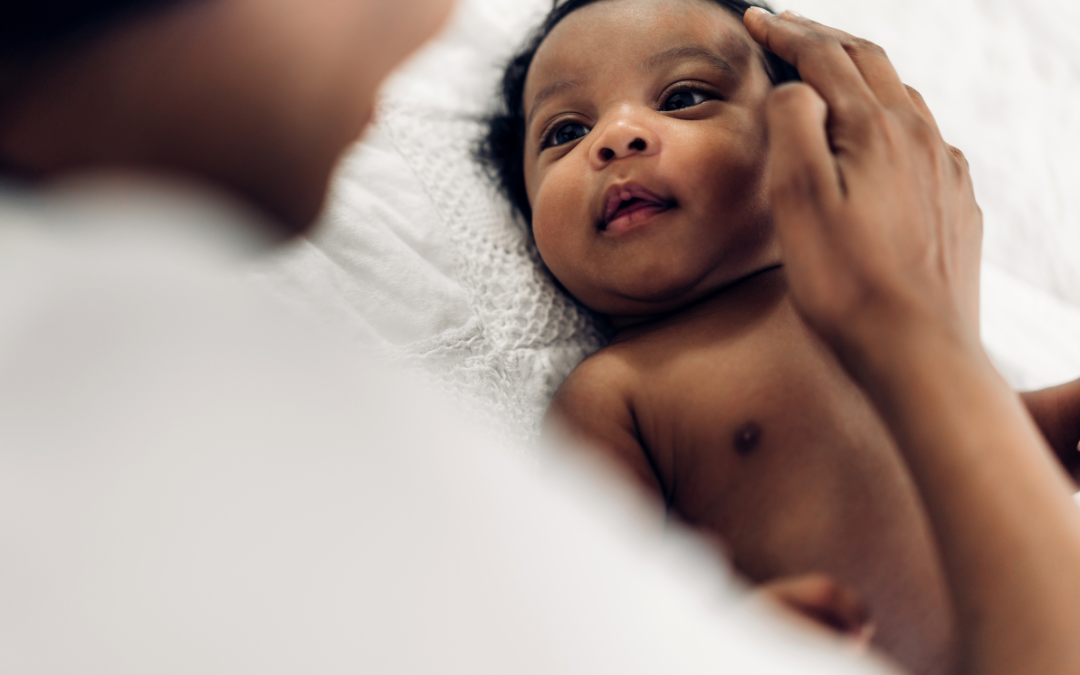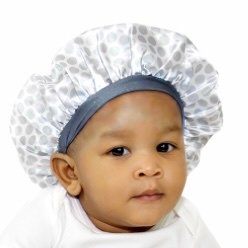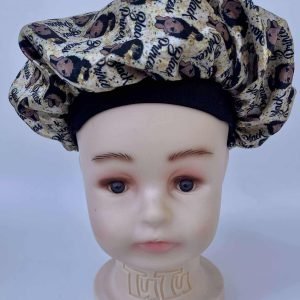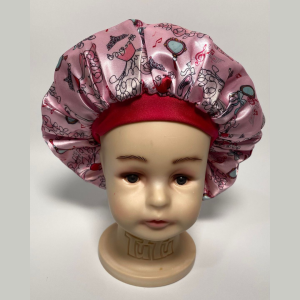When Does Baby’s Permanent Hair Grow?
In this blog, we’ll explore the fascinating journey of baby hair growth, shedding light on what you can expect. As a new parent, grandparent, or caregiver, you’ve probably marveled at every tiny aspect of your baby’s development. From those adorable little fingers to those gurgles of laughter, every milestone is a cause for celebration. Another exciting aspect of your baby’s growth is their hair development. If you’ve been wondering when your baby’s permanent hair will begin to grow, you’re not alone.
The Stages of Baby Hair Growth
Baby hair undergoes a fascinating evolution through three distinct stages of development. In the early stages of pregnancy, babies are covered in lanugo hair, a fine, soft layer that plays a crucial role in regulating their body temperature in the womb. Some babies are born with lanugo hair still covering their bodies, which typically falls out within the first few weeks after birth. As they grow, babies develop vellus hair, a very fine, soft type that covers their entire bodies and remains throughout childhood and into adulthood, contributing to the softness of their skin. The third stage introduces terminal hair, which is thicker, coarser, and more pigmented, akin to what we associate with a person’s permanent hair. The timing of when terminal hair starts to grow varies from baby to baby.
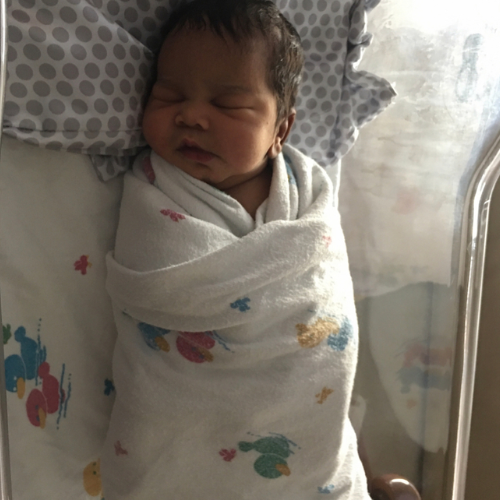
Stage 1: Lanugo Hair
In the early stages of pregnancy, your baby is covered in a fine, soft layer of hair known as lanugo. This delicate fuzz serves a crucial purpose, helping to regulate your baby’s body temperature in the womb. However, don’t be surprised if your baby is born with this fine hair still covering their body; it’s entirely normal and typically falls out within the first few weeks after birth.
Stage 2: Vellus Hair
As your baby grows, they will develop vellus hair, which is very fine, soft, and barely noticeable. Vellus hair covers your baby’s entire body and usually remains throughout childhood and adulthood. This hair type is responsible for the softness of your baby’s skin.
Stage 3: Terminal Hair
The moment you’ve been waiting for—terminal hair! This is the thicker, coarser, and more pigmented hair that you typically associate with a person’s permanent hair. However, when terminal hair starts to grow varies from baby to baby.
When Does Terminal Hair Typically Appear?
Terminal hair can make its appearance at any time during your baby’s first year of life. Some babies are born with a full head of hair, while others may take a few months to start growing their permanent hair. Here are some factors that can influence when your baby’s terminal hair becomes noticeable:
1. Genetics:
Your family’s history of when hair growth occurred in infancy may provide some insight into when your baby’s hair might emerge.
2. Hormones:
Hormones play a significant role in hair growth. Some babies might have a quicker surge in hair growth due to hormonal factors.
3. Nutrition:
Adequate nutrition is essential for healthy hair growth. If you’re breastfeeding, your diet can impact your baby’s hair development.
4. Hair Care:
Gently caring for your baby’s hair and scalp can promote healthy hair growth. Avoid tight hairstyles or excessive tugging on the hair.
5. Environmental Factors:
The climate and environment can also influence hair growth. Babies born in colder climates might grow thicker hair earlier to help keep warm.


1. Genetics:
Your family’s history of when hair growth occurred in infancy may provide some insight into when your baby’s hair might emerge.
2. Hormones:
Hormones play a significant role in hair growth. Some babies might have a quicker surge in hair growth due to hormonal factors.
3. Nutrition:
Adequate nutrition is essential for healthy hair growth. If you’re breastfeeding, your diet can impact your baby’s hair development.
4. Hair Care:
Gently caring for your baby’s hair and scalp can promote healthy hair growth. Avoid tight hairstyles or excessive tugging on the hair.
5. Environmental Factors:
The climate and environment can also influence hair growth. Babies born in colder climates might grow thicker hair earlier to help keep warm.
Tips for Caring for Your Baby’s Hair
As you eagerly anticipate the arrival of your baby’s permanent hair, it’s essential to provide the best care for their precious locks. Baby hair care is a delicate and meaningful part of your little one’s early development. To ensure their hair remains healthy and beautiful, consider these essential tips and practices:
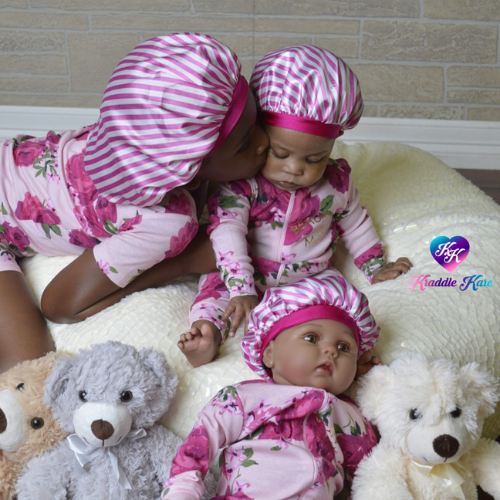
1. Gentle Cleansing:
Use a mild baby shampoo to cleanse your baby’s hair and scalp. Be gentle to avoid irritation.
2. Brushing:
Brush your baby’s hair with a soft baby brush to stimulate the scalp and improve circulation.
3. Protection:
Use satin bedding to reduce friction from cotton fabrics
4. Protect from Sun:
Use a sun hat or your ‘baby satin bonnet’ to protect your baby’s delicate scalp from the sun’s rays. This extra layer of protection will keep your baby’s sensitive skin safe from harmful UV rays.
5. Embrace the Fluff:
Celebrate your baby’s unique hair journey, whether they’re born bald, with a little fuzz, or a full head of hair.
Baby Hair Care Companion
Your baby’s permanent hair is a delightful milestone in their growth journey. While the timing of when it appears can vary, it’s all part of the individuality and wonder that comes with each baby. Cherish every moment, from the first strands of hair to the days when you may find yourself styling their locks. To protect and care for your baby’s beautiful hair, consider our ‘Baby Satin Bonnet.’ It’s a wonderful addition to your baby’s hair care routine, ensuring that every strand is nurtured and cherished. Your baby’s hair growth, like their entire development, is a beautiful journey worth savoring, and our ‘Baby Satin Bonnet’ can help you do just that.

